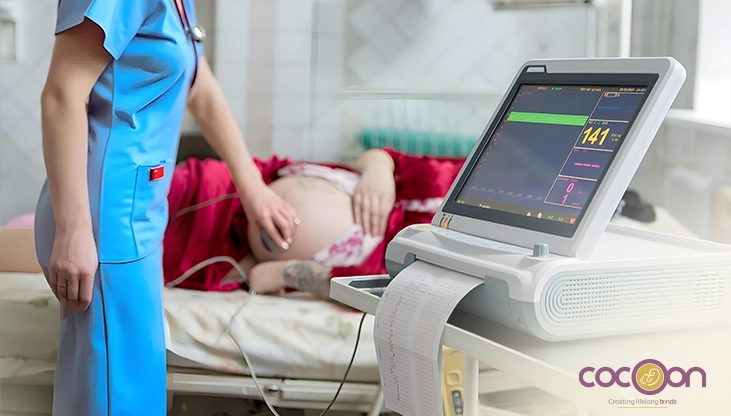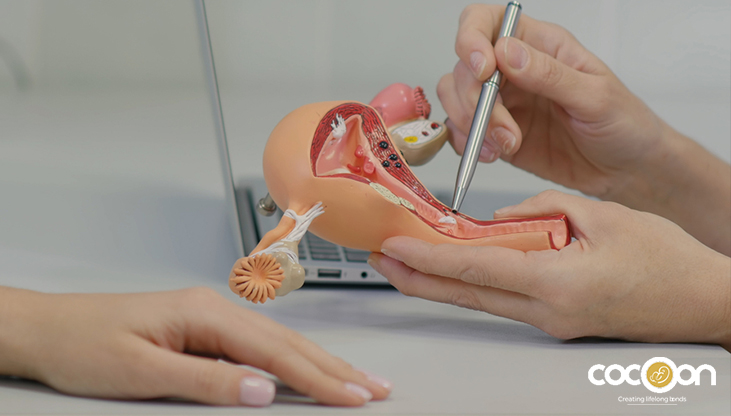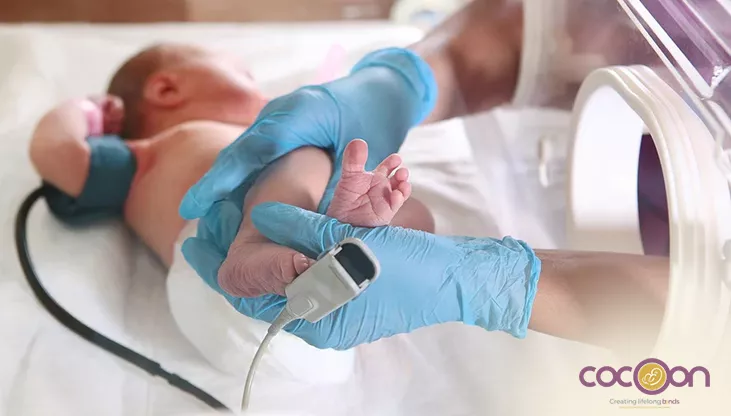If you are close to your due date or have been told that you will have to have fetal monitoring, you might feel some combination of fear and anxiety. But getting to know what will happen can be comforting. Most tests of fetal monitoring are pain-free, particularly external ones such as Doppler and belt monitors. You will usually lie on your back or left side while a technician or nurse straps on soft belts around your belly.
What Is Fetal Monitoring?
Fetal monitoring is the process of tracking the baby's heartbeat, movement, and sometimes uterine contractions to ensure that all is going well. It helps to detect early signs of distress, especially in labor or complicated pregnancy.
Types of Fetal Monitoring
1. External Fetal Monitoring
This is the most common and least invasive method. Physicians can monitor the baby's heartbeat through the mother's abdomen with a Doppler device or electronic fetal monitor.
2. Internal Fetal Monitoring
It is performed by placing an electrode against the baby's scalp (fetal scalp electrode) to check the heart rate more accurately. It is used only when external procedures do not give clear information and the water has already broken.
3. Doppler Fetal Monitoring
This handheld instrument enlarges the heartbeat of the baby through the use of ultrasound waves. It's most often used during routine prenatal checkups and is absolutely safe.
4. Fetal Scalp Electrode Monitoring
Used during labor, this method provides a direct, unadulterated assessment of the baby's heart rate. Used only when absolutely needed and with extreme caution.
What Happens During a Fetal Monitoring Session?
At times, particularly with a non-stress test (NST), you will be instructed to press a button whenever the baby moves. This is to compare fetal movement with heart rate acceleration,a desirable indicator of reactivity. You won't need to fast for the test. Good hydration and light eating actually increase fetal activity, which results in a better test.
Non-Stream Test (NST)
The non-stress test is typically performed in the third trimester. The test checks if the baby's heart rate increases with movement. A healthy baby's heart rate increases with movement, which this test takes without subjecting the baby to any stress.
Home Fetal Monitoring
With home health devices now common, all pregnant women wonder if they can also hear the baby's heartbeat at home using a Doppler. While that might be reassuring, it is not recommended as a substitute for clinical monitoring. The devices have a tendency to mislead or cause undue anxiety by producing false results.
Health care professionals strongly recommend the use of these devices only under supervision and guidance, especially in case there is some problem with fetal health.
Clinical vs. Home Monitoring
Clinical Monitoring: Accurate, interpreted by experts, part of a comprehensive care plan.
Home Monitoring: Potentially misleading or reassuringly inaccurate. Use cautiously and under supervision.
Common Misconceptions
Certain mothers are concerned that the baby is being stimulated or prodded by the monitors. In fact, both internal and external monitors are thoroughly tested for safety. Your healthcare professionals ensure that your baby's well-being is being monitored without causing distress.
When Is Fetal Monitoring Necessary?
While routine monitoring is the norm in most pregnancies, continuous or more intense monitoring is indicated under the following circumstances:
- High-risk pregnancies
- Preterm labor
- Decreased fetal movement
- Post-term pregnancy
- Twin or multiple pregnancy
- Pre-eclampsia or gestational diabetes
Fetal Monitoring During Labor
Throughout labor, constant monitoring allows the baby's heart rate to be consistent throughout contractions. It allows the team to identify any distress and act quickly if intervention is needed.
How Does Cocoon Hospital Ensure Safe Fetal Monitoring?
At Cocoon Hospital, fetal monitoring is not just a test—a promise of safety and care. Our advanced machines, experienced staff, and 24x7 obstetric support make every reading count.
We integrate fetal monitoring into:
- Management of high-risk pregnancies
- Observation of preterm labor
- Monitoring of post-date pregnancy
- Multiples (twins/triplets) monitoring
- Decision-making on emergency delivery
Empowerment Through Knowledge
Pregnancy is all about ongoing checkups and decision-making. Once you understand how fetal monitoring is done, worry decreases and you can participate in decisions about care confidently. It's your physician's way of assuring, "We're hearing your baby."
The Role of Your Healthcare Team
Your neonatologist, obstetrician, and fetal medicine specialists work together to read the monitoring data. If there is anything abnormal, they know how to respond quickly and safely.
Conclusion
Fetal monitoring is a hallmark of modern pregnancy care. It bridges the world and womb, ensuring each baby's arrival into life is protected. From normal, unobtrusive monitoring to precise scalp electrode measures at delivery, concern for safety and early intervention always comes first.
At Cocoon Hospital, we don't observe—we listen, care, and walk you through every stage of pregnancy. Let your baby's heart beat guide the path to a safe, happy delivery.
FAQs:
Q. Will fetal monitoring hurt my baby or me?
No. External monitoring is totally safe and painless. Internal monitoring is reserved for when absolutely necessary and under sterile conditions.
Q. How long does a fetal monitoring session last?
A standard session (e.g., non-stress test) lasts about 20–40 minutes. For labor, continuous monitoring can be continued until the time of delivery.
Q. Can I walk around during labor while being monitored?
Yes. The majority of modern hospitals like Cocoon use wireless telemetry monitors that allow you to move around while in labor.
Q. What can I do if I feel my baby is moving abnormally at home?
Call your doctor immediately. They will have you come in for a non-stress test or increased monitoring to ensure and check that all is well.

















